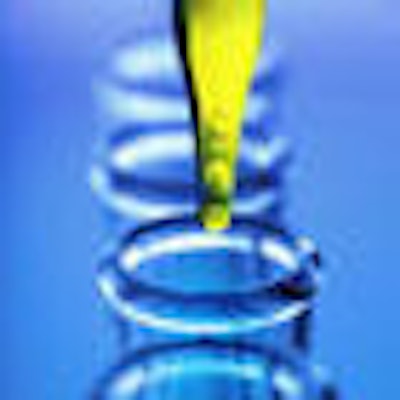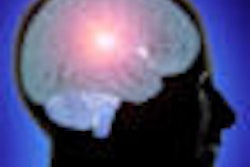
Nearly one-third of the human genome is involved with the onset and healing process associated with gingivitis, according to a new study in the Journal of Periodontology. This finding could aid in the development of new treatment approaches.
More than 9,000 genes -- nearly 30% of the human genome -- are involved with the onset and healing process of gingivitis, suggesting that the development and reversal of this disease at the molecular level is much more complicated than its causes might indicate, according to a study in the Journal of Periodontology (Dec 2009, Vol. 80, pp. 1963-1982).
In addition to providing insight into the molecular basis of gingivitis, the study's findings are expected to aid in the development of new treatment approaches.
The research was conducted jointly by the University of North Carolina (UNC) at Chapel Hill and Procter & Gamble (P&G) Oral Care.
"The objective of the study was to understand gingivitis on a molecular level by identifying changes in gene expression taking place in the mouth during gingivitis onset and the healing process during gingivitis resolution," Steven Offenbacher, D.D.S., lead author and director of the UNC School of Dentistry Center for Oral and Systemic Diseases, told DrBicuspid.com.
“These findings give us insight into the molecular basis of disease progression and healing.”
— Steven Offenbacher, D.D.S., director,
UNC School of Dentistry-based
Center for Oral and Systemic
Diseases
He and his colleagues explored how the entire genome responds to bacterial challenge by measuring the expression levels of over 30,000 genes.
Gene-expression arrays
The researchers looked at 14 subjects -- 10 females and four males -- aged 20 to 63 years between March 27, 2006 and August 16, 2006. These systemically healthy individuals with mild gingivitis were enrolled in an experimental gingivitis study that included an initial prophylaxis with a four-week stent-induced experimental gingivitis induction phase, followed by a one-week hygiene-resolution phase.
Researchers collected biopsy samples at different sites within each subject at baseline, four weeks after the use of an oral stent to induce a state of clinical inflammation, and one week after a prophylaxis and the reinstitution of oral hygiene to reverse the gingivitis. The biopsy samples were processed using whole-transcriptome gene-expression arrays.
Gene-expression data were analyzed to identify biologic themes and pathways associated with changes in gene-expression profiles that occur during the induction and resolution of experimental gingivitis. They identified several biological pathways triggered by the onset and healing of gingivitis, including those associated with immune response, energy metabolism, neural processes, vasculature, chemotaxis, wound healing, and steroid metabolism.
"The study's findings demonstrate that clinical symptoms of gingivitis reflect complicated changes in cellular and molecular processes within the body," said Dr. Offenbacher. "Understanding the thousands of individual genes and multiple systems involved in gingivitis will help explain exactly what is occurring in a person's body at the onset of the disease and how it relates to their overall health."
Reaction to plaque
Biological pathways associated with activation of the immune system were found to be the major pathways being activated and critical to controlling the body's reaction to plaque build-up on the teeth.
Researchers were surprised by some of the pathways that were activated in gingivitis, Dr. Offenbacher told DrBicuspid.com. For example, prior to this investigation, neural processes have not been considered as playing a major role in gingival disease.
"These findings give us insight into the molecular basis of disease progression and healing so we can identify potential targets to block disease initiation and progression and improve healing," he said.
The data generated by this study will be crucial in developing new approaches to treating gingivitis, added Leslie Winston, D.D.S., Ph.D., co-author of the study and director of professional and scientific relations at P&G Oral Care. The company plans to conduct additional research to identify biomarkers of gum disease in at-risk individuals, he added.
Copyright © 2009 DrBicuspid.com



















